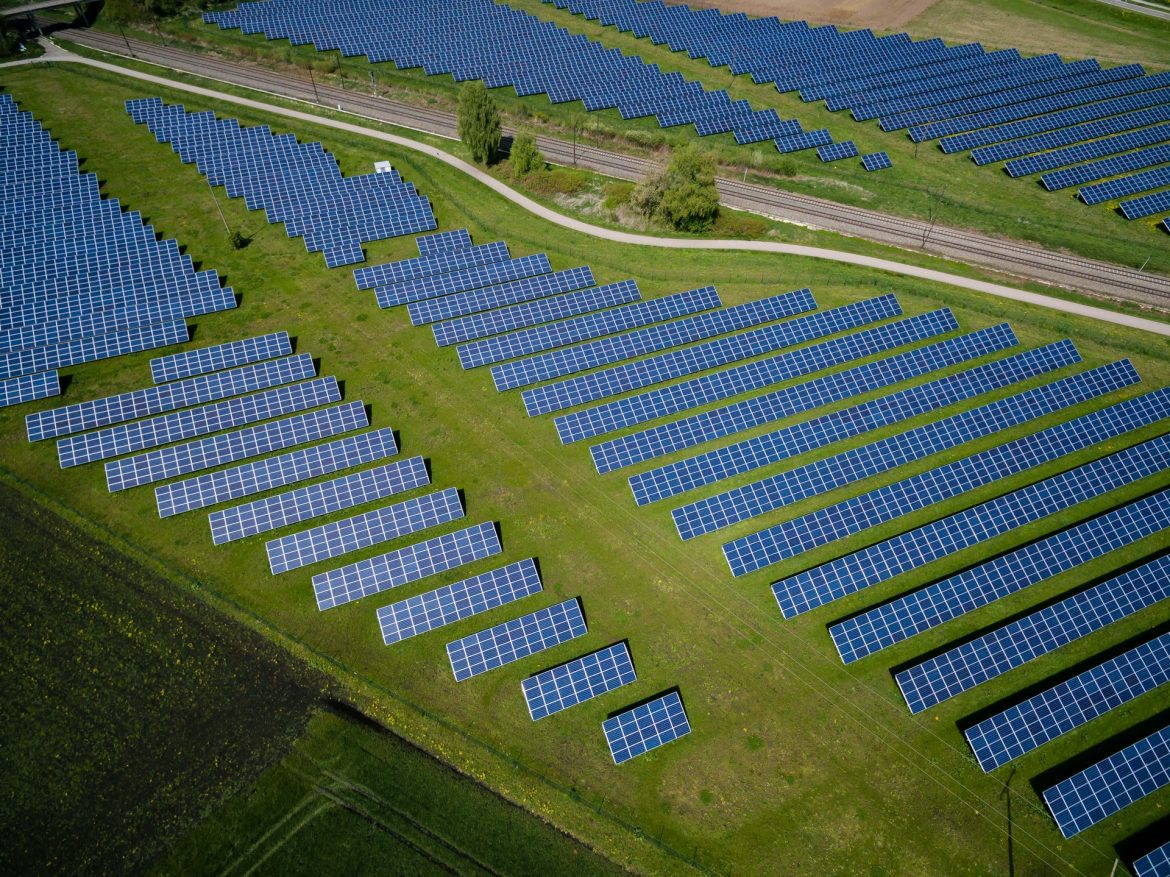The future of renewable energy is bright and full of potential, but it’s not without its challenges. As we move towards a greener planet, innovations in renewable energy sources like solar, wind, and hydro power are rapidly changing the way we think about and use energy. In this blog, we’ll dive into the exciting advancements and hurdles in the renewable energy sector.
Innovations in Renewable Energy
One of the most significant innovations in renewable energy is the advancement in solar power technology. Companies like Tesla are at the forefront, developing high-efficiency solar panels and solar roofs that can be integrated into our homes more seamlessly than ever before. These innovations not only make solar power more accessible but also more aesthetically pleasing, encouraging more people to make the switch.
Wind energy is also seeing groundbreaking improvements, with Vestas leading the charge in developing more powerful and efficient wind turbines. These turbines can harness wind energy more effectively, even in areas with lower wind speeds, making wind power a viable option for a broader range of locations.
Moreover, battery storage technology is evolving rapidly, with companies like Panasonic working on solutions to store excess energy generated from renewable sources. This means that the energy can be saved for when it’s most needed, addressing one of the biggest challenges of renewable energy: its intermittent nature.
Challenges Facing Renewable Energy
Despite these exciting innovations, the path to a fully renewable energy-powered world is not without obstacles. One of the main challenges is the high initial cost of setting up renewable energy systems. Although the long-term savings and environmental benefits are significant, the upfront investment can be a barrier for many individuals and communities.
Another challenge is the need for infrastructure development. Transitioning to renewable energy on a large scale requires significant changes to our current energy infrastructure. This includes upgrading the grid to handle the variable nature of renewable energy and investing in energy storage solutions to ensure a reliable power supply.
Lastly, there’s the issue of environmental impact. While renewable energy is much cleaner than fossil fuels, it’s not entirely without environmental consequences. For example, large hydroelectric dams can disrupt local ecosystems, and the production of solar panels involves harmful chemicals. Therefore, it’s crucial to continue improving these technologies to minimize their environmental footprint.
The Road Ahead
The journey towards a renewable energy future is an exciting one, filled with innovative technologies that promise to transform our world. Companies like Siemens are at the forefront of this revolution, working on smart grid solutions that will help integrate renewable energy sources into our daily lives more efficiently.
However, overcoming the challenges requires concerted efforts from governments, businesses, and individuals alike. Policies that incentivize the adoption of renewable energy, investments in green infrastructure, and public awareness campaigns are all crucial components of this transition.
In conclusion, the future of renewable energy is bright, but it’s up to all of us to contribute to this green revolution. By embracing innovations and addressing the challenges head-on, we can pave the way for a sustainable, renewable energy-powered world.
